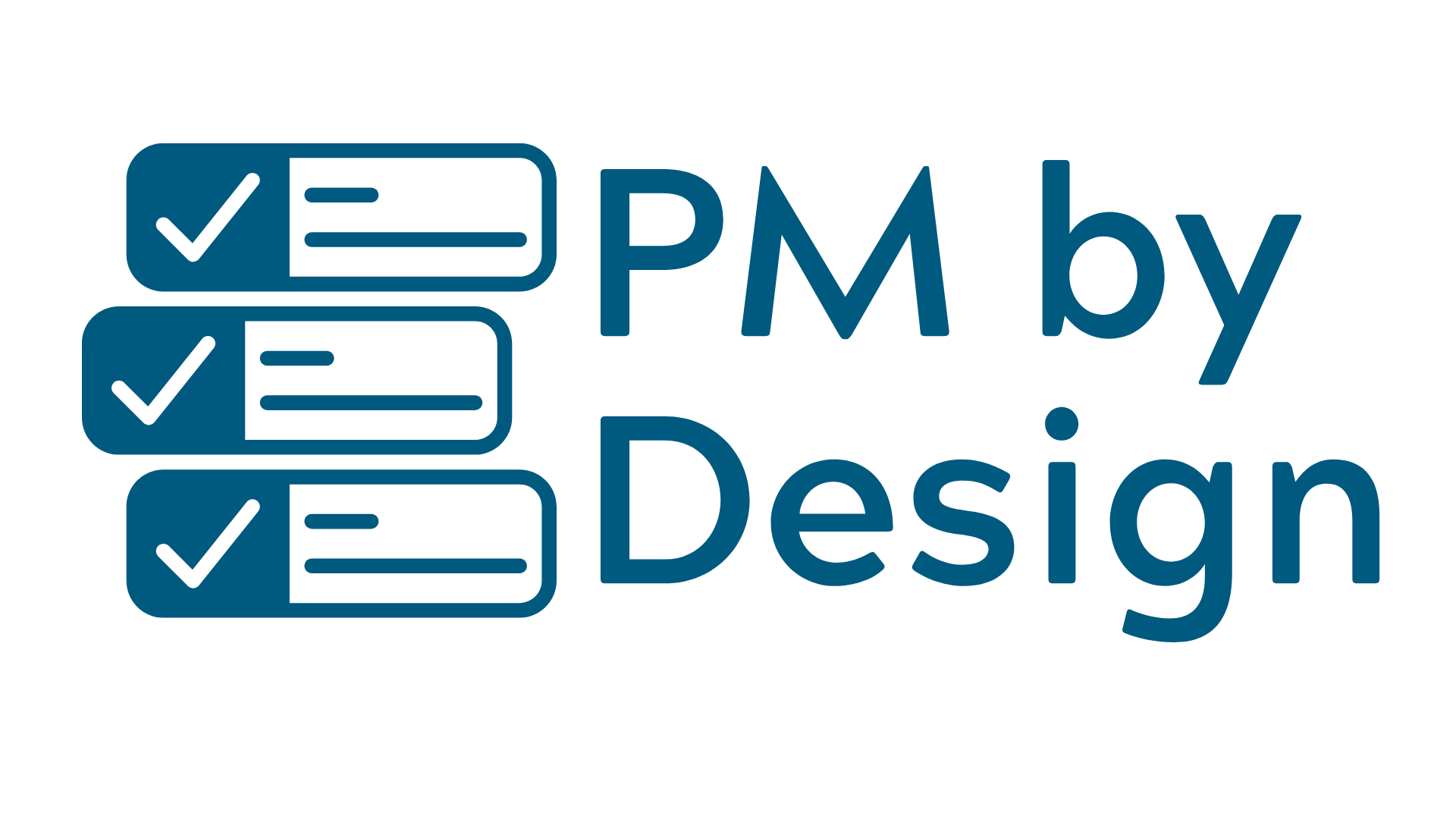What is a Gantt Chart?
A Gantt chart is a visual project management tool that uses a bar chart format to illustrate a project’s timeline, tasks, and milestones. Named after its creator, Henry Gantt, this tool provides a clear overview of what needs to be done, by whom, and by when. In higher education, Gantt Charts are often used to manage complex, multi-phase initiatives.
At its core, a Gantt Chart represents tasks on the vertical axis and time on the horizontal axis, allowing project managers to visualize task dependencies, overlaps, and deadlines.
What are the benefits of using a Gantt Chart?
Using a Gantt chart in project management offers several key advantages:
- Improved Planning: By clearly outlining project timelines and dependencies, Gantt Charts make it easier to plan and allocate resources effectively.
- Enhanced Communication: Teams and stakeholders can quickly understand a project’s progress and expectations, reducing confusion.
- Increased Accountability: Assigning specific tasks to team members ensures clarity about roles and responsibilities.
- Proactive Risk Management: Identifying task dependencies helps project managers anticipate potential delays and adjust plans accordingly.
For example, during a new academic program’s rollout, a Gantt Chart can help ensure alignment between marketing, faculty training, and student enrollment efforts, reducing the likelihood of missed deadlines.
Where might you see a Gantt Chart in higher education?
Gantt charts are versatile and can be used across various higher education scenarios, including:
- Event planning, where you might organize large-scale events like commencements or conferences, ensuring all tasks from venue booking to post-event evaluations are covered.
- Academic program development, where tracking steps like curriculum approval, faculty hiring, and course scheduling is needed to ensure a seamless launch.
- Research projects, where you need to manage grant-funded research timelines, including proposal submissions, data collection, and publication deadlines.
- Strategic planning, including coordinating multi-departmental initiatives like diversity and inclusion campaigns or sustainability projects.
A step-by-step guide to using a Gantt Chart
- Clearly identify the project’s goals and the tasks needed to achieve them (this can also help you to avoid potential scope creep).
- Break the project into smaller tasks and identify key milestones or deliverables along the way.
- Estimate how long each task will take and assign realistic start and end dates.
- Determine which tasks rely on the completion of others before they can begin.
- Allocate tasks to specific team members or departments to ensure accountability.
- Regularly review the Gantt Chart, making adjustments as needed and keeping stakeholders informed; you might also consider using a change log to document updates.
Reflective questions
- How could a Gantt Chart improve the planning and execution of your current projects?
- Have you encountered challenges with unclear timelines or responsibilities in past initiatives? How might a Gantt Chart help?
- What features or tools do you think are essential in creating and maintaining an effective Gantt Chart?
- How could using a Gantt Chart improve collaboration and communication within your team?
- What’s one upcoming project where you could immediately implement a Gantt Chart to improve efficiency?
